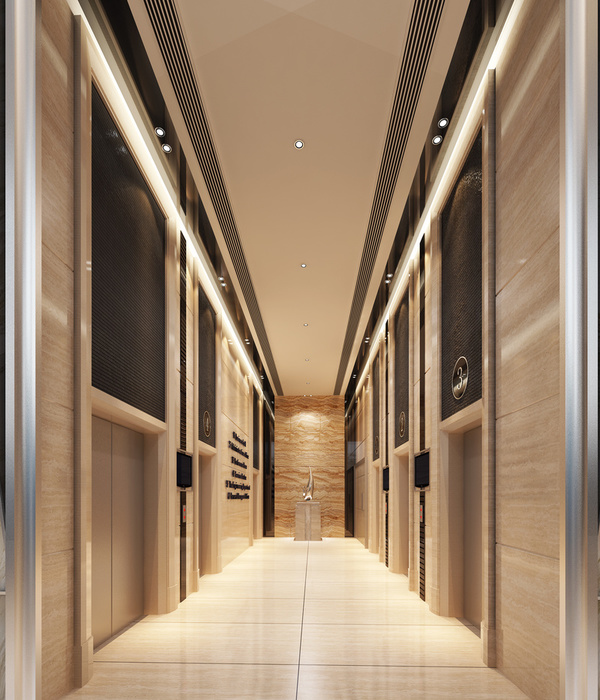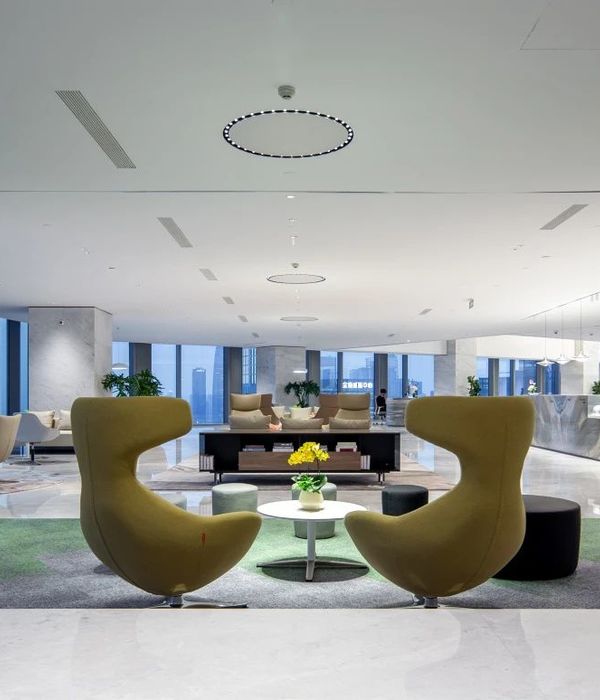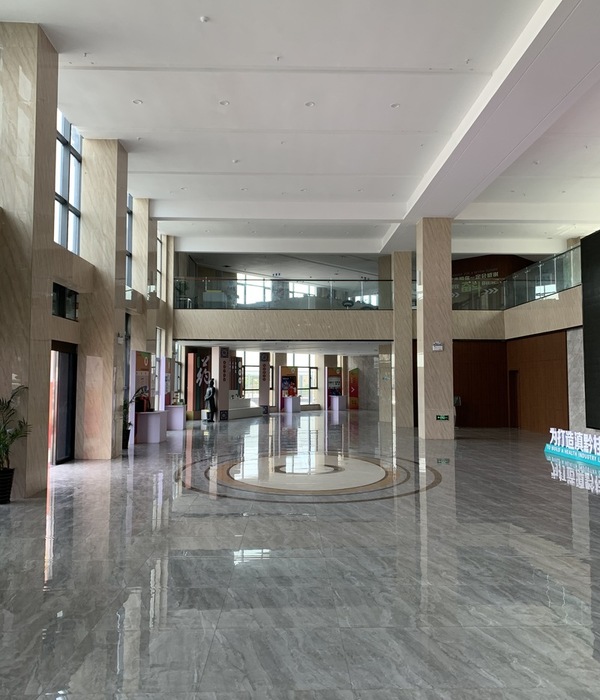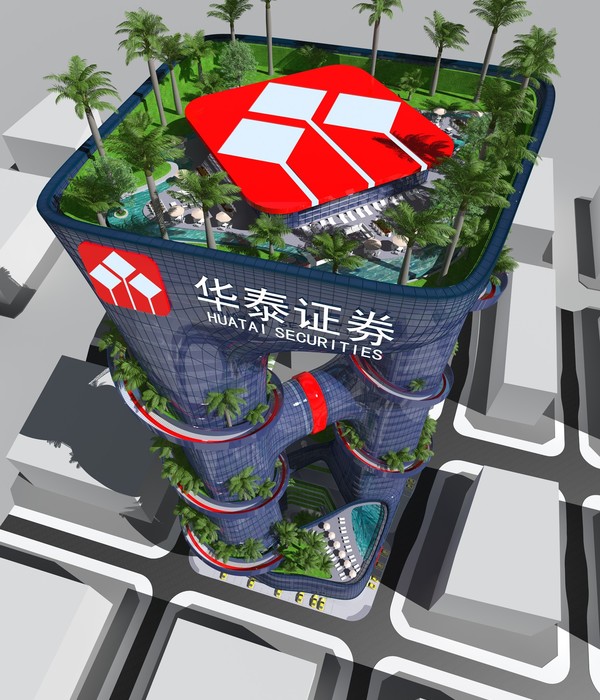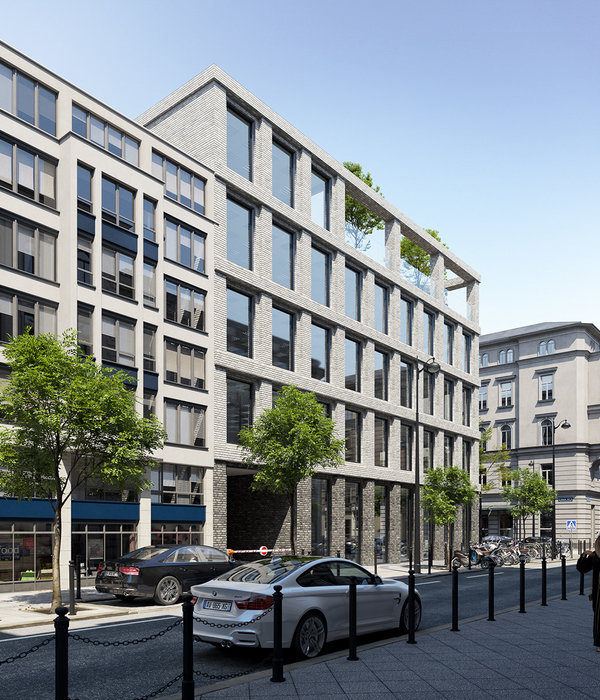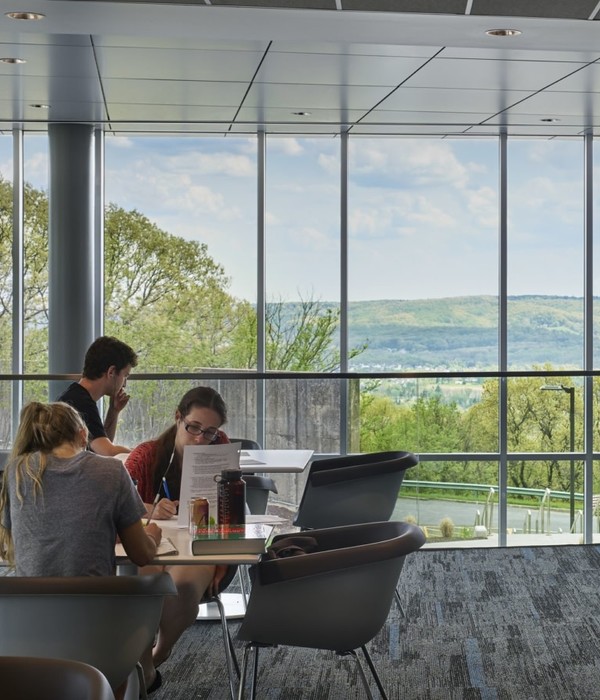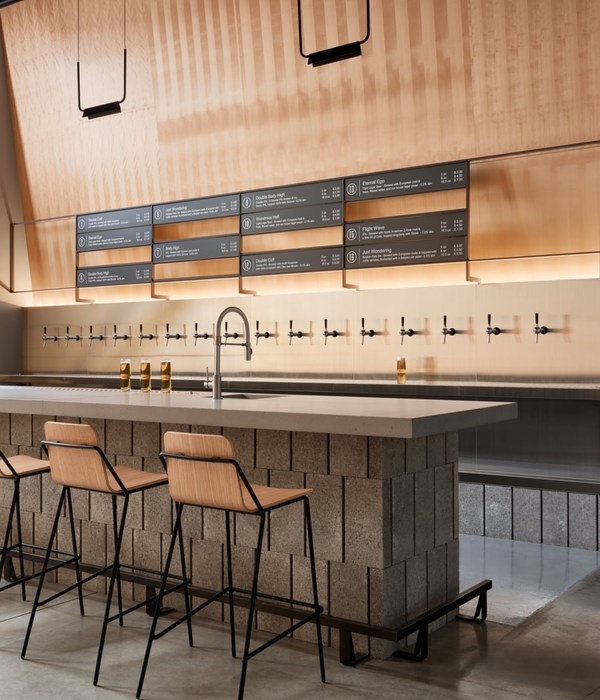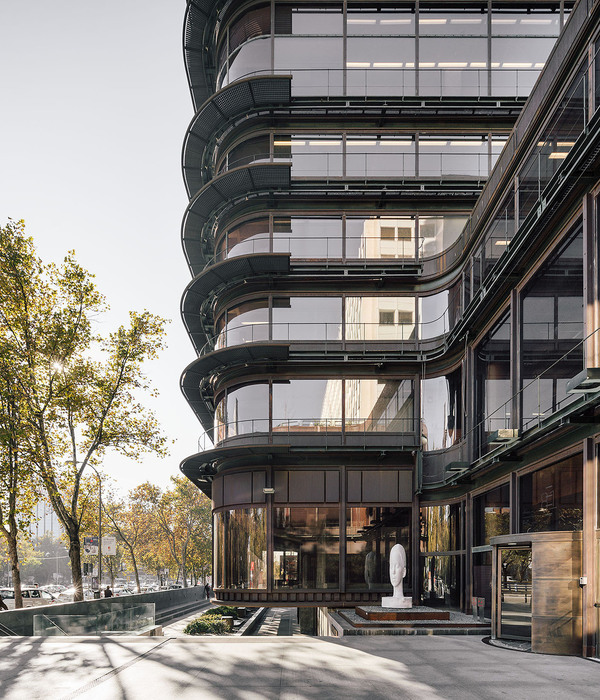建筑师在群马县知名的草津温泉设计了一栋单间旅馆。建筑一层的餐厅直接面向温泉场地。通过在外墙上镶嵌来自温泉的Asama石,建筑与景观结合成为了一片立体的风景。为了进一步与景观达到和谐,弧形的几何形状呼应了缓缓流动的温泉水,体现了建筑师对当地材料的运用技巧。
▼建筑外观,external view of the building
In the famous Kusatsu Onsen (hot spring) in Gunma Prefecture, we designed a one-room ryokan. On the first floor, the restaurant directly faces the famous hot spring fields. By using Asama stone found in hot springs on the exterior walls, we connected building and landscape into a three-dimensional landscape. To further harmonize with the landscape, curve geometries that resonate with the soft movement of steam rising from the hot springs govern how we arranged the use of local materials.
▼从温泉看向建筑,view to the building from the hot spring
▼立面上镶嵌来自温泉的石块
stones found in the hot spring used on the facade
▼入口
entrance
▼立面细部
details of the facade
室内,Asama水磨石、日式和纸和碎石等当地材料被混合在一起。湿区铺设的瓷砖常用于温泉地面。
In the interior, local materials such as Asama stone terrazzo, Japanese washi paper mixed with crushed local stones are present. The wet areas use tile materials that are typically used for the floor of the hot spring fields.
▼餐厅,restaurant
▼客房,guest room
▼室内温泉,indoor hot spring
通过材料和温泉几何元素的运用,草津古城的物质性被凝聚在了这座小小的建筑之中。
By incorporating material and geometrical elements of Yubatake hot springs throughout the building, we condensed the materiality of the historic town of Kusatsu in this small building.
▼夜景,night view
▼平面图,plans
▼剖面图,sections
▼细部,details
TEAM: Minoru Yokoo, Yutaro Ota, Nanako Adachi, Shoki An, Yoo Shiho, Junlin Chen
COOPERATION: Akira Suzuki Architect
ACCUMULATION: Futaba Quantity Surveyors
{{item.text_origin}}

